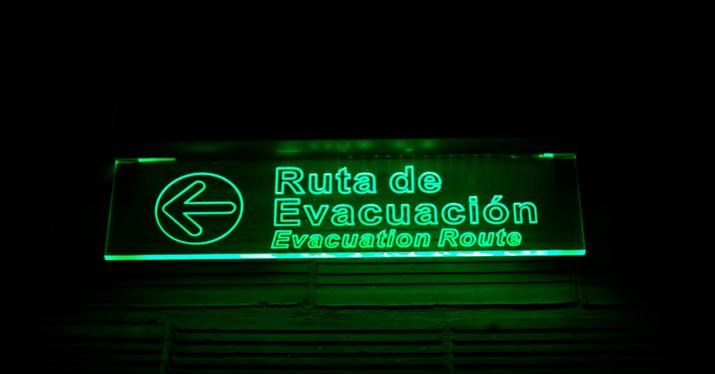Heavy rains, floods, frost like Filomena and even volcanic eruptions. Spain can be a country in which many emergencies and natural disasters occur, so the last steps are being taken to launch the new alert system through mobile phone networks, as established by the European Code of Electronic Communications and the Preliminary Draft of the General Telecommunications Law. The first establishes that all countries must have a system of these characteristics before June 2022.
The implementation of alert platforms to send immediate warnings to the population in emergency situations is one of the measures of the Plan for Connectivity and Digital Infrastructures and the Recovery Plan and that is how it will work.
New 112 alert system
According to Leonardo Marcos, general director of Civil Protection, in an interview with El País, the agency is going to launch the new Population Warning System (Public Warning System or PWS for its acronym in English). In this way, the National Civil Protection System will have a new tool for the distribution of notices to the population. This is
it adds to other existing systems, which are generally based on acoustic signals and have an exclusively local scope.

evacuation route
Actually the deployment of this system began last October. It is expected to be fully operational in the summer. Civil Protection has opted for cell diffusion technology consisting of radio signal emissions. In this way, the telephone antennas will act as transmitters of alerts to all the terminals that are connected to them in their range.
This system has been chosen over SMS notifications to ensure that it arrives immediately, while text messages can take several hours, which can be crucial in emergency situations and save lives. If the shortest possible reaction time is needed, this new system is perfect, as it is “ultra-fast, works in real time, takes up very little bandwidth and is automatic for all devices in the predetermined zone” .

mobile alert
These alerts to devices in the danger or alert zone mean that a database of telephones registered in Spain is not needed, but rather any terminal, regardless of its origin, can receive these warnings, something excellent for people who are passing through , tourists and mobile lines of foreign companies regardless of the company with which they receive the telephone service. These messages will arrive in Spanish, English as the international language and the co-official language depending on the Autonomous Community.
Constant alerts until confirmation
This new alert system is made up of an alarm sound together with the pop-up message that appears on the smartphone as a notification. Until the user confirms their reading, these beeps will continue to sound constantly. The process will be automatic, no type of registration or process will be required, so that, starting in the summer, all terminals in the national territory could receive these new notices by cell broadcast (only an authorized authority and a network mobile can send cell broadcast messages).
It will be the corresponding emergency service that will have to take care of the process from 20 different centers. The citizen will simply have to have a smartphone “that is not too old”. It still remains to materialize what these requirements will be at the hardware and software level. Depending on where the emergency occurs, either one of the 19 112 centers in each CCAA or the CENEM (National Emergency Monitoring and Coordination Center) of the General Directorate of Civil Protection will be in charge of the alerts.
Its use will be exclusive to the two highest emergency levels contemplated by the Civil Protection protocol (levels 1 and 2). For example, both Filomena and the Cumbre Vieja volcano in La Palma were classified as alert level 2, so it could have worked then. In the future, it is also planned to send the warnings from the European Galileo radionavigation and positioning system.












